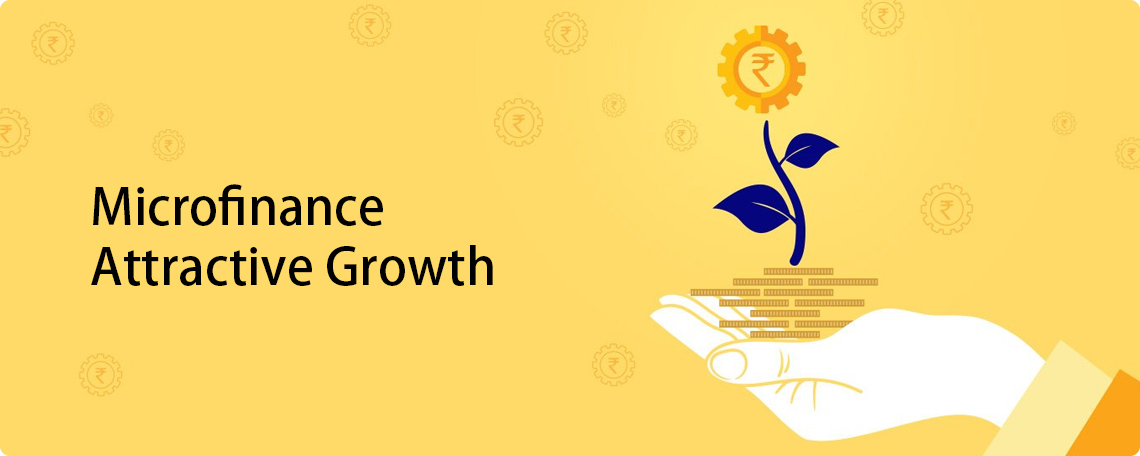stockaxis Market Intelligence (Commentary for December 2019; Outlook for January 2020)
January 06, 2020
|
Greetings from stockaxis! We wish you a wonderful and prosperous 2020!
We are pleased to present to you our monthly market commentary and outlook for the forthcoming month. The ‘stockaxis’ Market Intelligence’ is a quick update on the markets for the month gone by and our view for the next month. Use our sharp and crisp synopsis to continue building your wealth!
Global Trends
- According to Juniper Research, mPOS (Mobile Points of Sale) transaction values will exceed USD 1.9 trillion by 2024 (USD 850 billion in 2019). India and China will see expansion of POS adoption due to high smartphone usage and rising cashless payments.
- As per a report by Business Insider, India's internet businesses will be worth $160 billion (about Rs. 11.50 lakh crore) by 2025.
- Coursera, one of the largest online learning platforms, plans to reach 100 million learners over the next three years (45 million at present) with new users mainly from India.
- S&P, the global rating agency has reaffirmed India’s sovereign rating outlook as stable.
- There has been a hike in the number of Indians taking luxury cruises. Number of passengers opting for cruises has grown about 50% over the past year, and is expected to grow at about the same rate going forward.
- According to a report 'Global Fintech Index 2020' by London-based research agency, Findexable, covering over 230 cities across 65 countries, India is emerging as a fintech hub.
- According to a report 'India's Data Centre Industry - Poised at the Tipping Point' by JLL, India's data centre industry is set to grow threefold in revenue to 3.2 billion dollars by 2024, which, in turn, is likely to propel the development of real estate space for setting up data centre facilities.
- According to a report by the UK-based Centre for Economics and Business Research (CEBR), India is expected to overtake Germany to become the fourth-largest economy in 2026.
Domestic Trends
- Gross direct premiums of general insurance companies rose 16% y-o-y for the period April-October 2019. Health insurers saw the highest y-o-y growth in premium collections at 34.3% y-o-y amounting to Rs 7,192.17 crore.
- As per Google India, searches in local languages constituted 20% of all searches as compared to just 2% in 2014. Voice search is growing at 270%.
- As per Colliers International India, inflows in the industrial and warehousing sector are expected to touch Rs 495 billion by 2021, with a growing demand from e-commerce companies and third-party logistics.
- As per Nielsen India, the fast-moving consumer goods sales from e-Commerce will grow to $4 billion with a CAGR of 44% by 2022.
- As per research by ICICI Bank and Crisil Ratings, Indian lenders’ retail loan book will double to Rs 96 lakh crore over the next 5 years.
- As per a report by KPMG, India’s microfinance sector, which grew at a CAGR of 48% in the last 5 years, has a potential for further growth since its current penetration is only one-fourth of the addressable market.
- As per a report by rating agency ICRA, overall net NPAs of the banking sector will improve to 3.2-3.3% by the end of FY 20 from 3.7% in September 2019.
- As per industry body CII, India's economy is expected to rebound in 2020 as a result of measures taken by the government and the RBI coupled with easing of global trade tensions.
Market Trends
- FIIs recorded a net outflow of Rs. 1,325.83 crore in December 2019 against a net inflow of Rs. 12,924.93 crore in November 2019.
- The Nifty closed at 12,168.45 on 31st December 2019 against 12056.05 on 29th November 2019, having risen by 112.4 points over the previous month.
- The Nifty 50 P/E ratio was at 28.3 at end-December 2019 against 28.1 at end-November 2019. The average P/E ratio for the past 12 months is 27.69.
Highlights
- The Good: Expected US-China trade resolution, possible positive Q3 corporate results, lower trade deficit
- The Bad: Slowing GDP growth, Brexit, high probability of recession in US and Europe
stockaxis’ Outlook for January 2020
Microfinance – attractive growth
The Indian micro-finance sector plays a key role in the country’s economic development by serving the overlooked sections of society through micro loans, which help them become entrepreneurs. Micro loans (also called micro credit) are modest amounts lent to self-employed rural citizens to help them increase their earnings, thereby improving their standards of living. Typical borrowers include vegetable vendors, farmers, fishermen, etc. Microfinance Institutions (MFIs) are typically lenders of micro loans. These institutions are currently one of the fastest growing segments in the finance sector.
MFIs provide loans to borrowers who would not be eligible for bank credit. This implies that these institutions enhance financial inclusion of a large rural and urban segment of the population. A large portion of these borrowers are women who are the prime borrowers and use the funds to grow micro enterprises or cottage industries.
The segment is well-regulated to ensure that there is a balance between growth, risks and restraining borrowers from taking excessive debt that they may not be able to repay. Reserve Bank of India has recognized Microfinance Institutional Network (MFIN) and Sa-Dhan as two Self-regulatory Organizations (SROs) to support and facilitate growth of this sector.
In order to enhance growth of this sector, RBI has recently revised the lending limits upwards for borrowers. In the first cycle, the lending limit has been increased from Rs. 60,000 to Rs. 75,000 and for subsequent cycles, from Rs. 1 lakh to Rs. 1.25 lakh.
Over the last 5 years, the microfinance portfolio of lenders has grown at a CAGR (compound annual growth rate) of about 48% from Rs. 26,200 crore to Rs. 1,87,400 crore in FY19. The client base has grown at a CAGR of 20% - from 180 lakh to 440 lakh. The lenders in this sector include NBFCs, MFIs and banks. For FY19, 82 NBFC-MFIs had a large share of the micro credit portfolio at about Rs.69,000 crore followed by banks at about Rs 61,000 crore. [Source: KPMG]
MFIs are playing a key role in stepping up lending to micro borrowers. Some MFIs have increased their loan portfolios by a CAGR of as high as 50% over the last 3 years. This indicates the tremendous growth potential this sector has.
In order to provide further growth impetus to this sector, RBI is granting Small Finance Bank (SFB) status to growing and large MFIs. RBI also granted universal banking license to one of the largest MFIs, Bandhan Bank, in 2015. Transitioning from MFI to SFB offers these entities a number of advantages such as access of lower cost funds, greater freedom in lending and lack of restrictions in spread.
Currently, penetration of MFIs has been primarily in southern India (Karnataka, Tamil Nadu), the western belt (Maharashtra and Madhya Pradesh) and eastern belt (Bihar and Orissa). States in the northern and central regions of the country (Gujarat, Rajasthan, Maharashtra, Uttar Pradesh etc.) are currently under-penetrated and have attractive potential to expand credit.
MFIs are now expanding beyond merely offering credit. They now offer other products such as insurance, education, energy, etc. through partnerships with other service providers. This not only provides higher customer satisfaction, but also helps retain customers. Additionally, loans are also taking other forms. For instance, MFIs now offer education loans for children of borrowers at attractive rates and for longer tenures. This not only helps increase literacy rates, but helps the MFI differentiate itself from competition.
Risk protection, or insurance, is another promising area for growth of MFIs. Micro borrowers face possible losses due to natural calamities, weather uncertainties, political upheavals, etc. Insurance can offer them suitable protection at a reasonable cost. Currently, insurance penetration in India is a modest 3.69% as compared to the global average of 6.5%. This implies a high potential for growth in insurance for micro borrowers. With the insurance sector evolving through use of technology resulting in on-demand insurance, seamless and convenient policy selection using technology, etc. there is potential for this segment to achieve high growth.
The MFI sector has been given a thrust from the government to promote financial inclusion. The government has launched a number of initiatives such as conceptualizing small finance banks, Pradhan Mantri Jan Dhan Yojana and digital transactions, all of which are positives for this sector.
We, at stockaxis, are constantly on the lookout for great businesses run by honest promoters that are available at the right price with sufficient margin of safety. Our stringent stock selection guidelines and clearly stipulated entry and exit points make equity investing a ‘rich’ experience for our investors!




